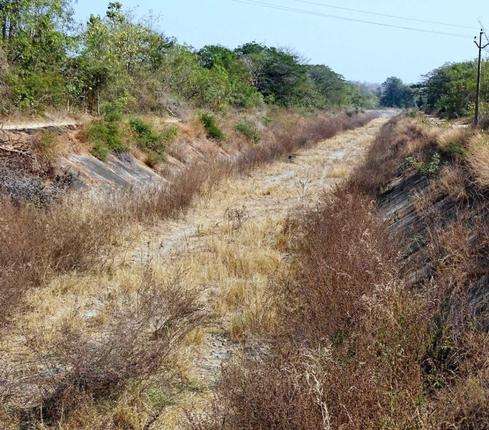Pakistan is expected to face 15-20 percent shortage of water in Rabi 2016, to commence from October 1, 2016, well informed sources told Business Recorder. Indus River System Authority (Irsa) has convened a meeting of its advisory council on September 30, 2016 (Friday) to be presided over by Chairman Irsa Rao Irshad Ali Khan aimed at finalising the share of provinces in the light of water availability during the Rabi season.
The representatives of Water and Power Development Authority (Wapda), Chairman Federal Flood Commission as federal member and Provincial Irrigation Secretaries will attend the meeting. The sources said water regulator was not aware of actual demand of the provinces which is why the actual shortage cannot be calculated. Provinces will bring their own workings to the Advisory Council’s meeting.
“We are not aware of actual water shortage in Rabi as availability and demand figures have not been firmed up so far. However, we foresee 15-20 percent shortage in Rabi to be shared by the provinces as per their share,” said an official. This year Pakistan received 15 percent more water in Indus River due to heavier rainfall. The entire shortage will be distributed between Punjab and Sindh as both Khyber Pakhtunkhawa (KP) and Balochistan are exempted from shortage. The water regulator in its meeting held on August 20, 2016 decided that instead of indented supply, provinces should be given water as per share in accordance with para two of the Irsa Act. Sindh, however, argued that it should be given water in accordance with 1991 Accord instead of para two which implies the maximum share that the canals can absorb.
Water sector experts argue that the water shortage in Rabi could be reduced partially or completely in case western winds enter Pakistan on time in the months of December and January. Water shortage has been recorded at zero percent last year. “Pakistan is facing climate changes due to which substantial water variations exist in the country. Water availability was satisfactory at the initial stage of Kharif season but at a later stage it declined. Seasonal fluctuations which are the result of climate changes will always continue to disturb Pakistan,” the official added.
Presently Tarbela and Mangla reservoirs are at elevations of 1,515.48 feet and 1,216.60 feet respectively. The two reservoirs are 34.52 feet and 25.40 feet below their respective maximum conservation levels of 1,550 feet and 1,242 respectively. According to hydrology experts, Pakistan has to fill Mangla and Tarbela by August 20 each year because after this date flows drop drastically.
Chairman Irsa recently informed the National Assembly’s Standing Committee on Water and Power that according to data from 1992, Sindh got six percent less water than its share and Punjab nine percent less than its share; KP, with a smaller share, got more than its share as the shortage was not shared with the province and Balochistan provided more water than its share as the province gets water from Sindh canals and, on average, Balochistan suffers 40 percent losses. Sindh is expected to request the Advisory Council to continue releasing water to downstream Kotri.










Add comment